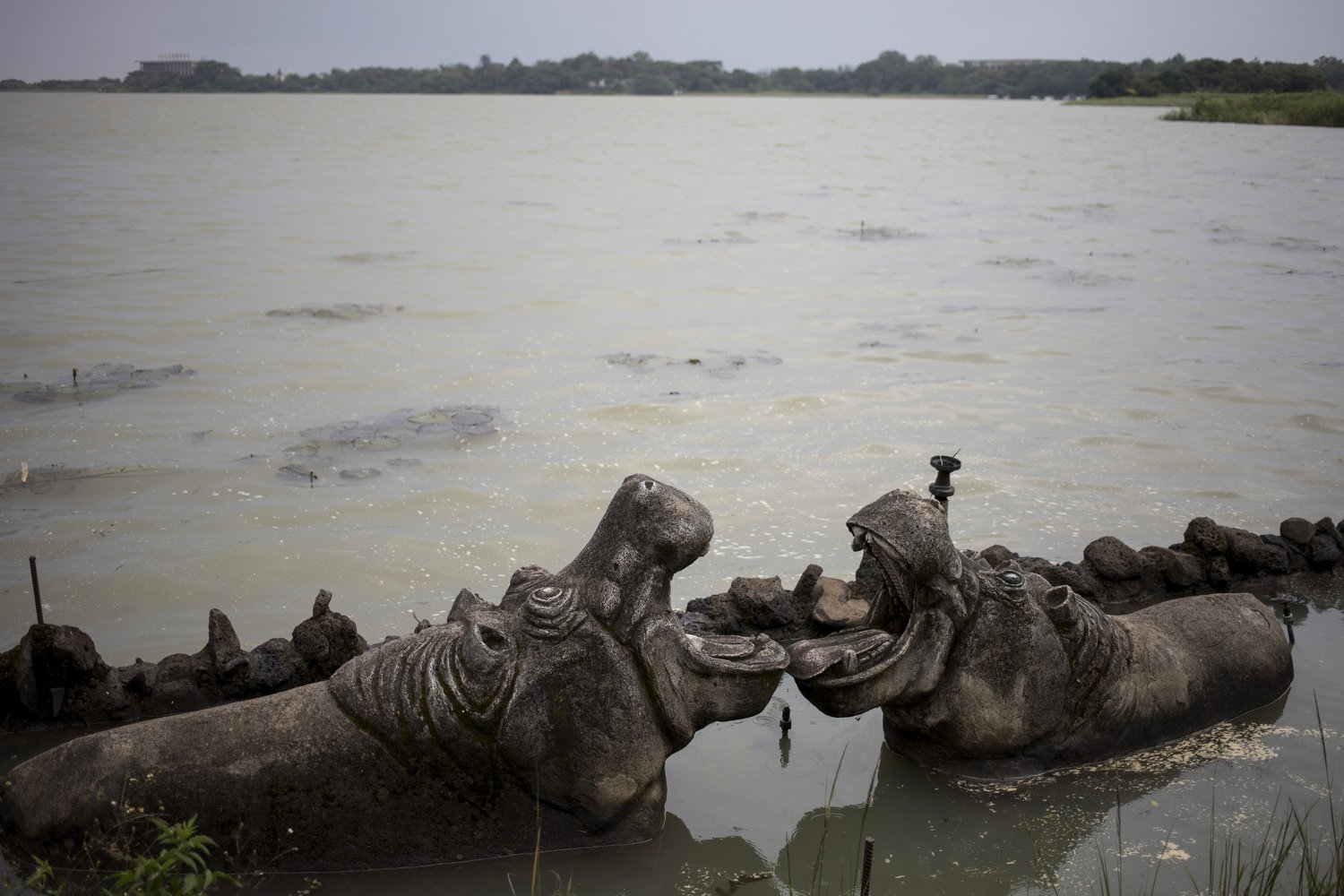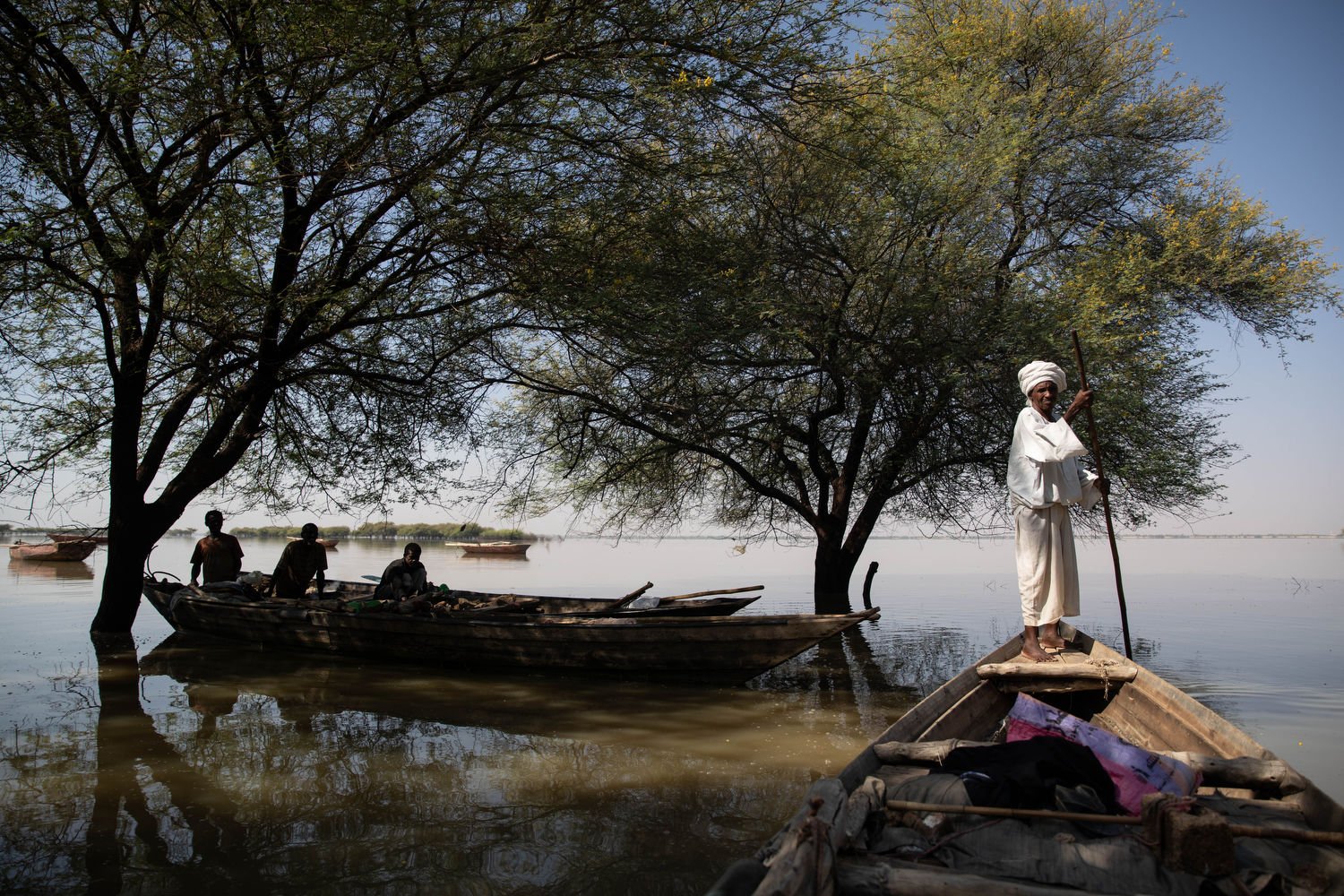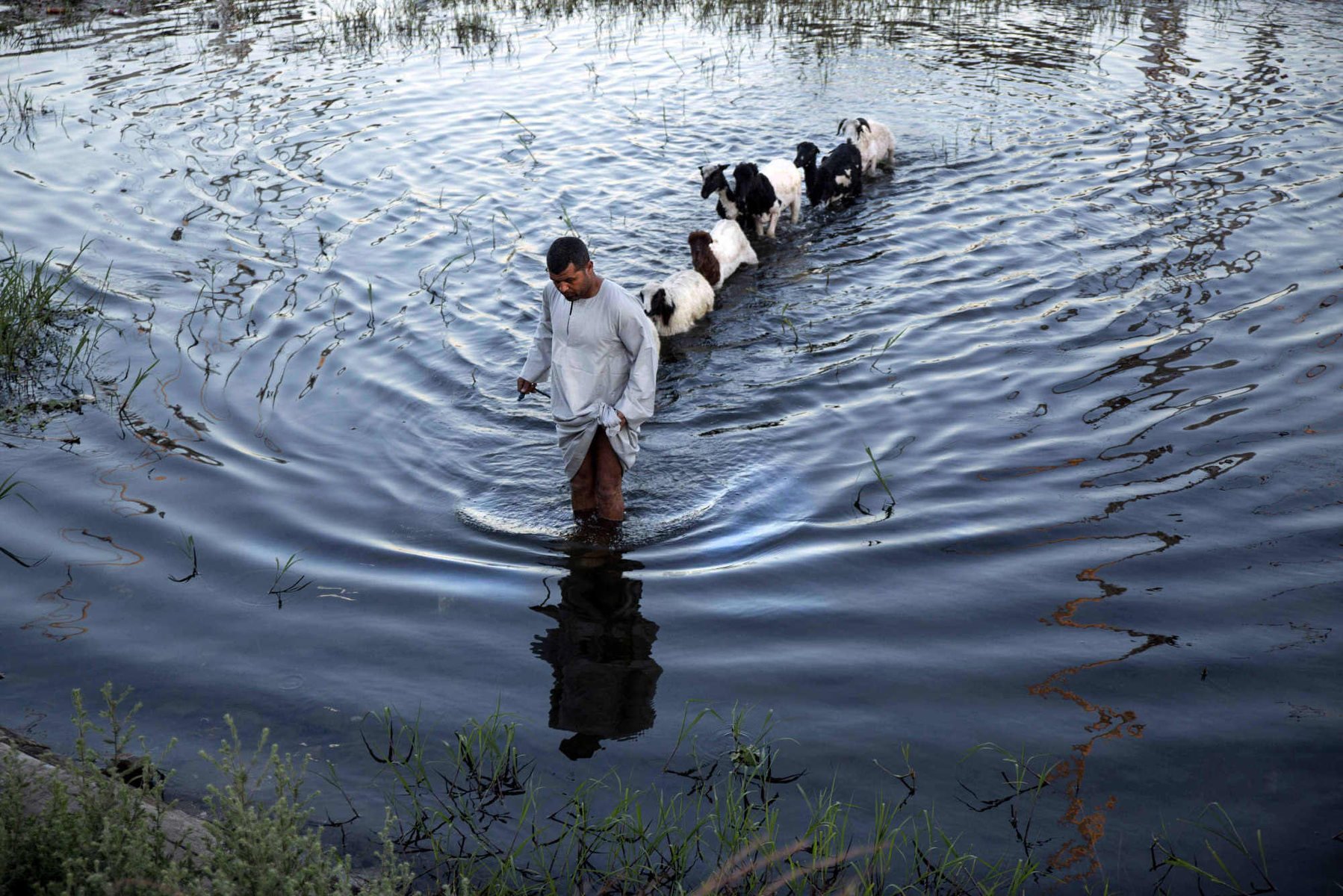
Oh Mysterious Nile...Will you be Immortal!
Chapter 1 / 2017 - 2021
More than 5,000 years ago, the ancient Egyptians built one of the greatest civilizations in human history, and the Nile River was the cornerstone on which they laid the foundations of this civilization.
Thus we recognize the immortality of the commonly called "Eternal River” in our consciousness, but today this eternity has become threatened in light of the environmental and political challenges that confront its path. The Nile River is one of the longest rivers in the whole worlds shared by 11 countries and giving life to millions in Africa. I used to meet the Nile River at the closest point to my small city in Upper Egypt, My emotional attachment to the river is shared by almost most Egyptians.
In this work, I try to look as objectively as possible towards our water’s future. I first began to go back a little bit on the historical and geographical level to establish a balanced vision regarding the reconfiguration of the river for itself more than once, to the political conflicts and the environmental changes that play a decisive role today in determining the future of the river: our future. And what I have done is only the beginning of a greater journey in a river rich with different layers of challenges and endless details that are renewed every day as the renewal of its pages and colors.
Mounofeya - Delta of Egypt - 2017
In 2017, an assignment from The Wall Street Journal took me to Egypt’s Nile Delta, often referred to as the country’s food basket. There, I met a farmer who stood on his dry land and said, “The Nile water used to reach my fields, but not anymore. Now I rely on groundwater.” That moment sparked a deep curiosity in me, what is happening to the river? What does the Nile look like beyond Egypt? Where does it begin, and how does its water reach us, or fail to?
These questions marked the beginning of my journey along, and with, the Nile.
Bahar Dar - Ethiopia 2019
The discovery of the source of the Nile was a mysterious secret sought by many explorers and travellers from ancient times In the Pharaonic Sixth Dynasty. The two kings Mr-An-Re and Pepe II, around 2200 BC, were ordered to make 4 expeditions to search for the sources of the Nile. Attempts to discover the sources of the Nile continued until the Jesuit fathers Pedro Paez and Jeronimo Lobo found the source of the Nile in Ethiopia in 1618, the beginning of the seventeenth century.
The Tes Abay waterfalls, where the water starts its journey from Lake Tana, reaching Egypt, Lake Tana, where 85% of the Nile water comes from.

Tes Abay - Ethiopia

Bahar Dar - Ethiopia

Fayoum - Egypt
Agriculture accounts for at least 80 percent of all water consumption in the Nile Basin countries.
Priest Telema is baptising one of the villagers of Dek Island with the water from Lake Tana, Dek Island is located in the heart of Lake Tana which provides the Nile river with 85 % of the water. Ethiopia 2019

Bahar Dar - Ethiopia - 2019
In many parts of Ethiopia, it’s common to see women walking daily with jerrycans to collect water for their households. This journey can take anywhere from 30 minutes to over an hour, just to reach the water source. I found myself asking: How is it that in a country rich with water, and so close to the largest source of the Blue Nile, so many people still lack access to it?
This question led me to learn about economic water scarcity, a condition where water is available, but access is limited due to lack of infrastructure, investment, or governance.

Mandilla Village - Sudan - 2020
Across the 11 countries of the Nile Basin, both water scarcity and economic water scarcity are daily realities. In Sudan, where the Blue Nile meets the White Nile, I visited the village of Mandela, just 25 kilometers from Khartoum, shortly after the devastating floods of 2020. The village, home to around 5,000 people, had only two functioning water pumps out of 28.
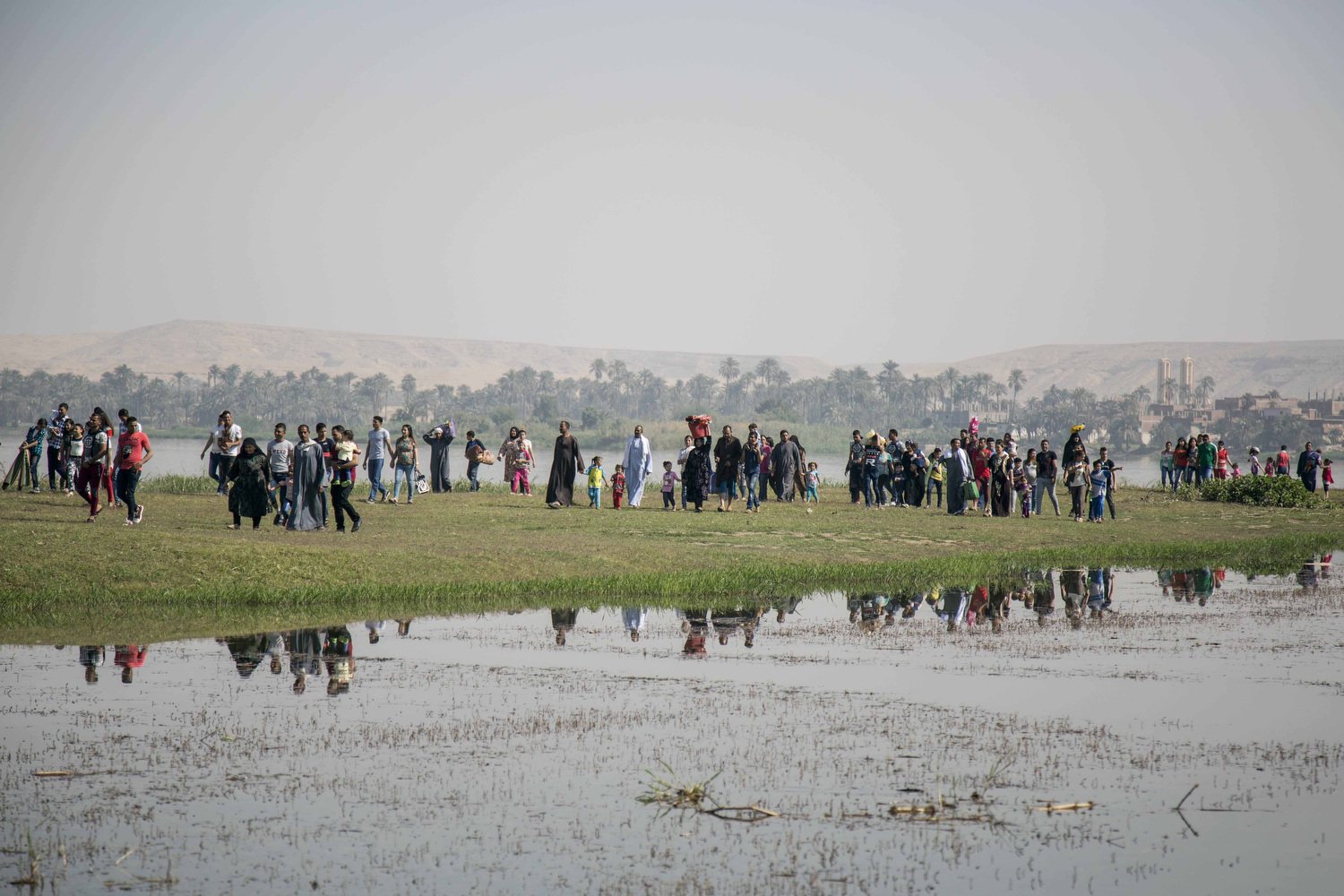
Minya - Egypt- 2018
In Egypt, over 116 million people (2024) live almost entirely along the Nile Valley and Delta, just 3–5% of the land area.
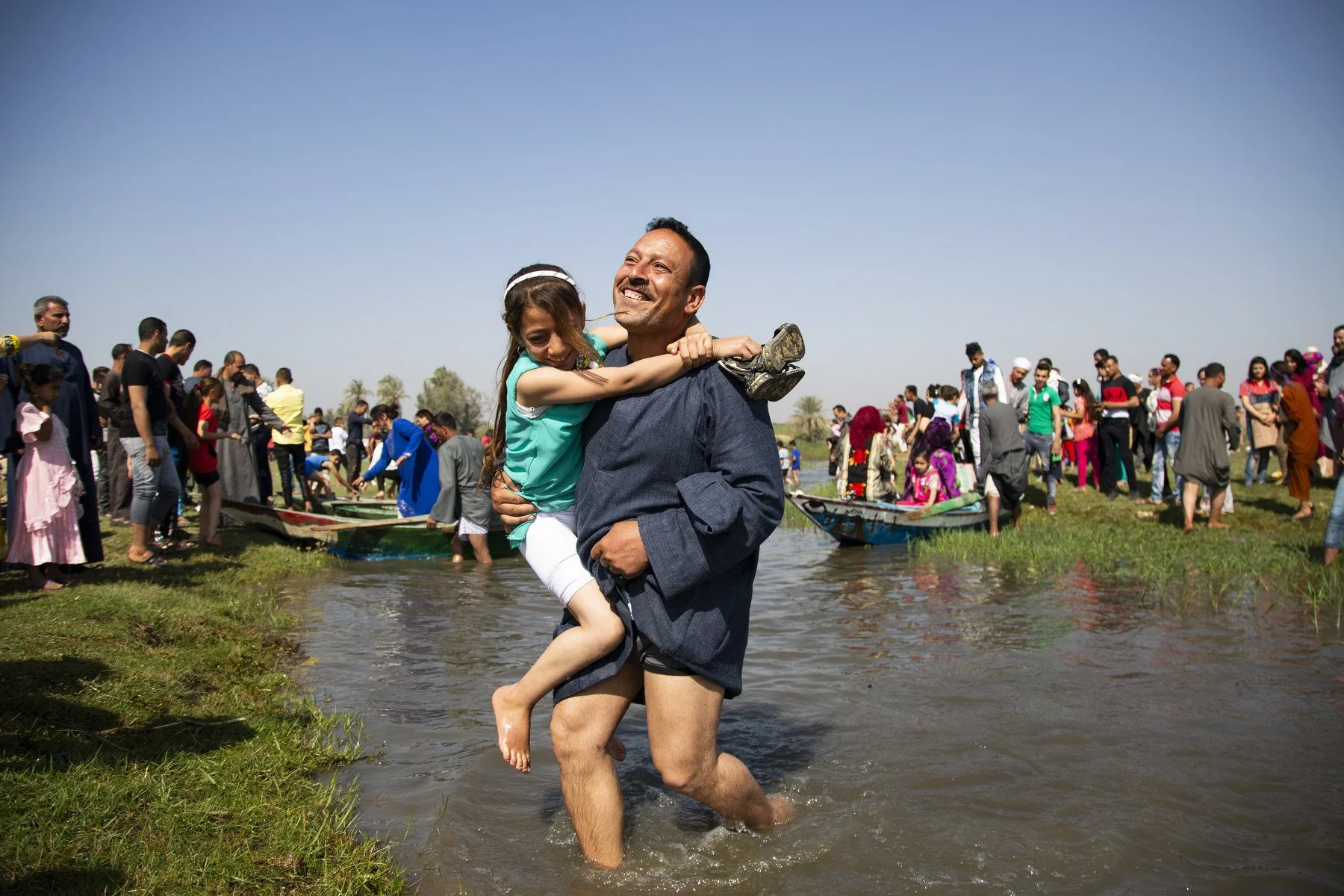
Minya - Egypt - 2018
I’m originally from Minya, a city in southern Egypt about 250 kilometers from Cairo, nestled along the Nile like most Egyptian cities. Despite its proximity to the river, Minya is one of the poorest governorates in the world in terms of per capita water availability. Residents there receive only 109 liters of water per day, nearly five times less than Cairo, where the average is 599 liters per day.

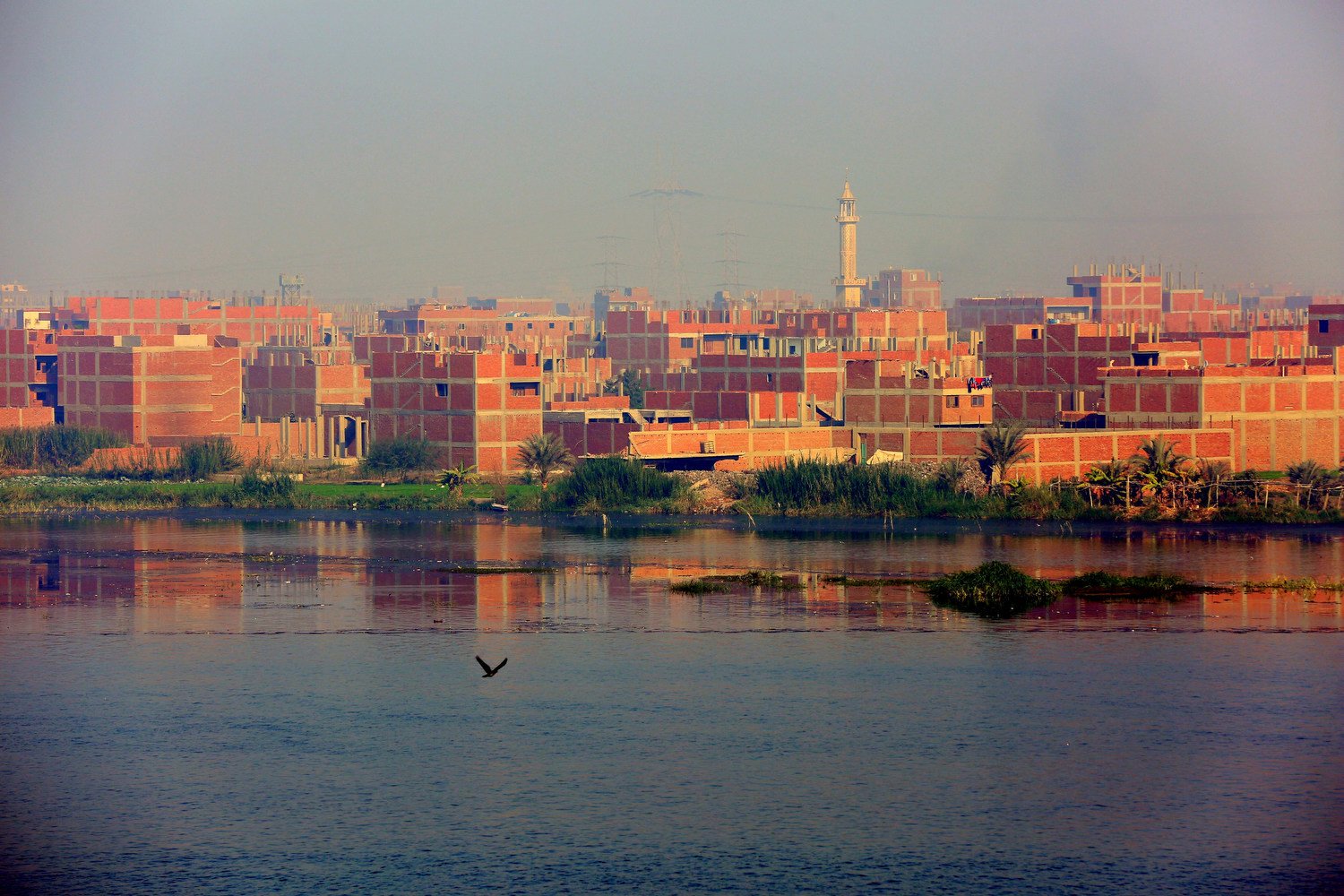


Let us hear your voice
We salute you and call you in the name of Hapi
When you come out of your cave
Let the water flow from the two great fronts
That you hold in your hands
And gift us some of your generosity
Come to save us, Oh Nile, source of life
The seeds of drought resound, children scream
Of hunger and the old are mourning
We beg you
Look, they are offering sacrifice in the temple
Let your voice resound, let your blaze and
Fill us with abundance
Oh great Nile
— Isis addressing Hapi, the Nile god, from the sound and light show at Philae temple in Aswan/ Egypt
The Nile, for Ancient Egyptians, was holy, and they had different gods for the Nile and water. "Nun & Khnum" was the god responsible for the eruption of water; they called him "the greatest potter" and the guardian of the Nile. "Osiris" was known as the god of Fertility, growth and agriculture, " Habi" the god of water and "Set" who killed his brother Osiris was the god of desert, chaos and evil.




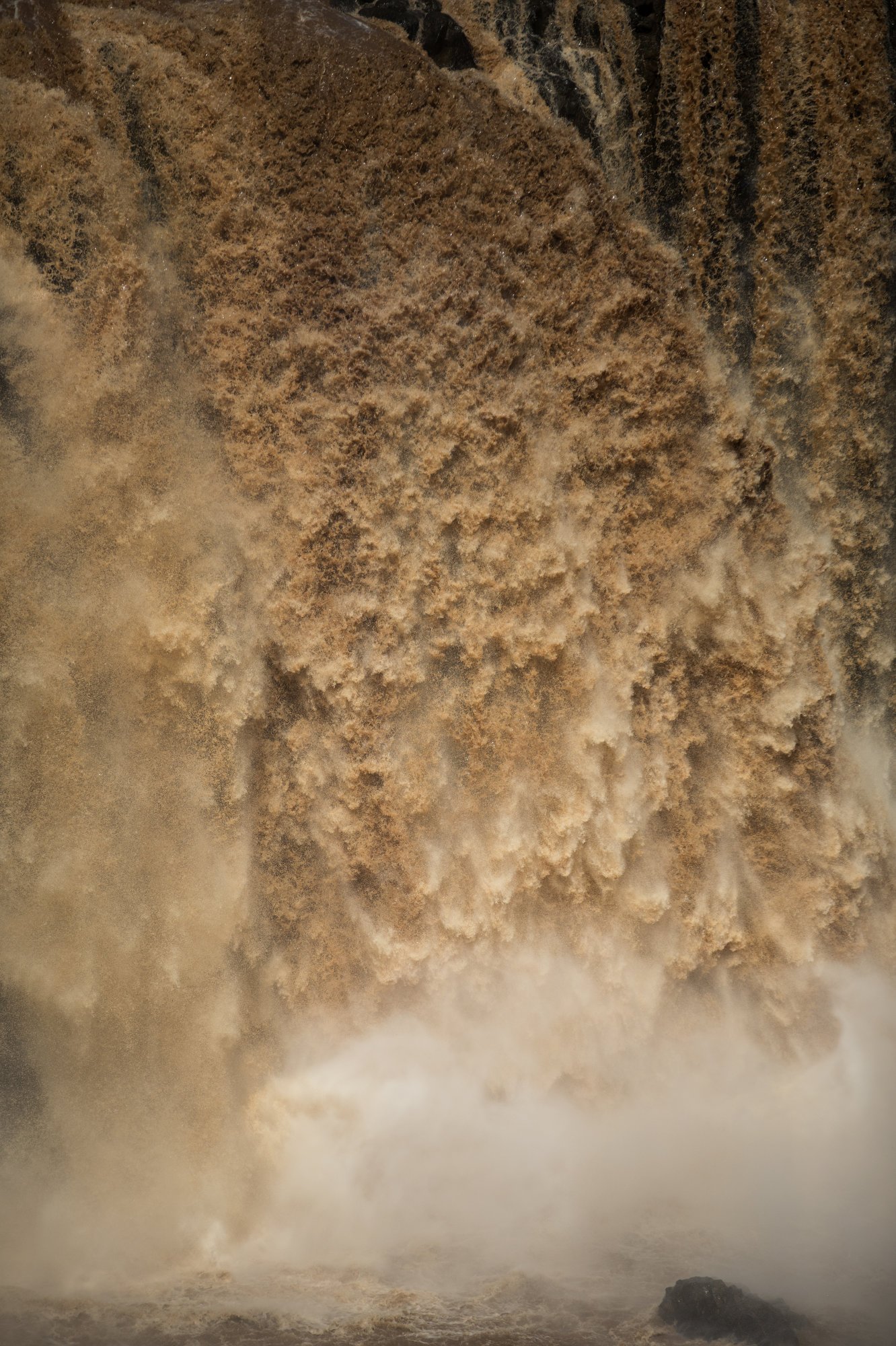
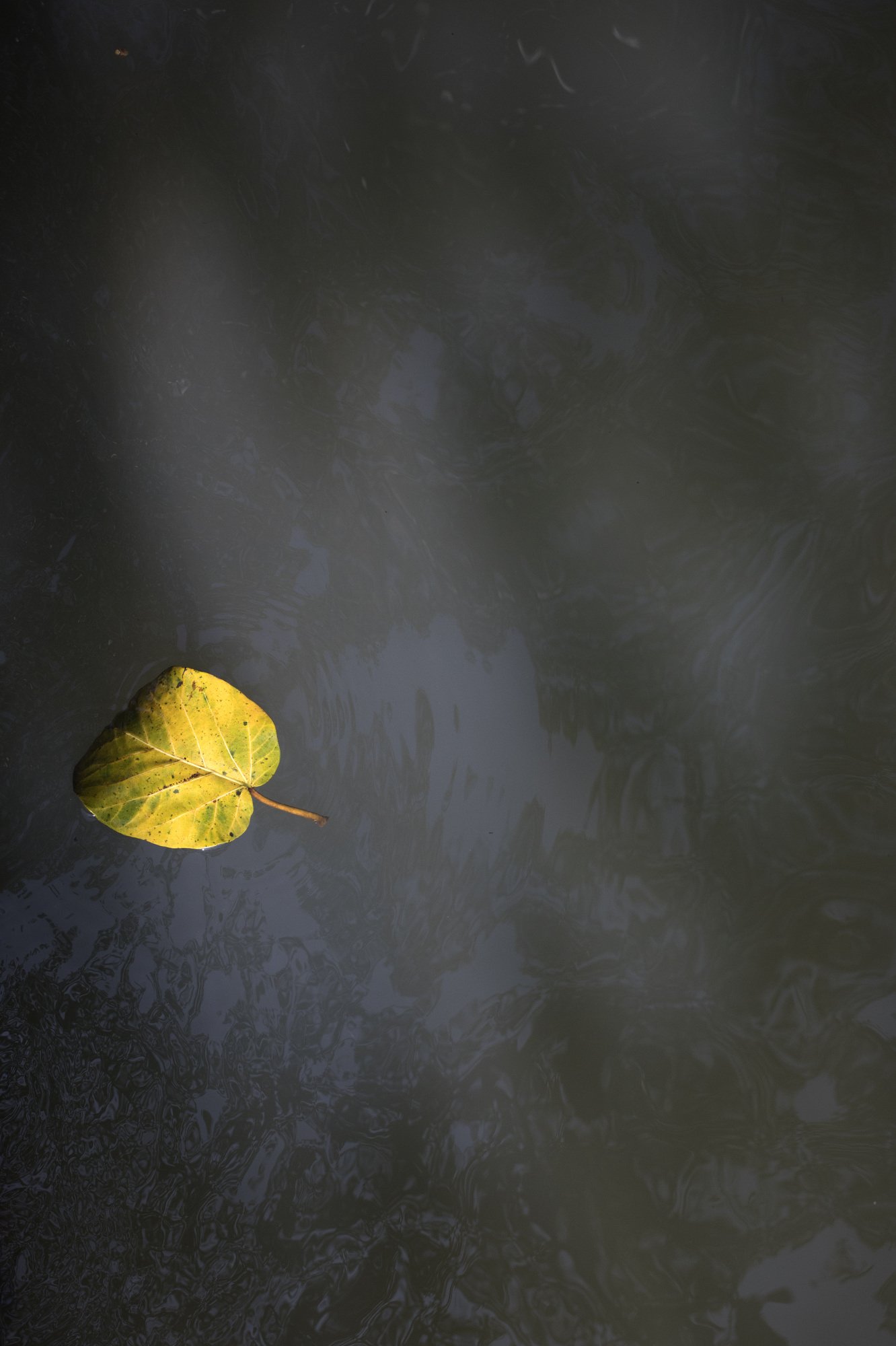






One of the things I’ve consistently done since the beginning of my journey along the Nile is observing the different surfaces of the water in each place I pass through, watching how the color and texture of the water changes from one location to another, even though it’s the same river.
The waters of the Nile give life to over 500 million African from the 11 countries who share the Nile

Khartoum - Sudan - 2020
Tutti Island in Sudan is where you can witness the Blue Nile meeting the White Nile, merging to form a single river that begins its long journey northward to Egypt.

Alshuqilab village - Sudan - 2020
In Sudan, floods swept through 16 Sudanese states during September 2020, exceeding levels that had not been seen for over 100 years. According to reports that emerged in the flood's aftermath, 103 people died, and tens of thousands of homes wholly or partially collapsed. More than half a million people have been affected so far.






Moving through the different villages and flood-affected areas in Sudan, witnessing the displacement of people, felt like a preview of what climate migration might look like in the future

In Egypt, 150 million tons of industrial waste are dumped into the Nile each year, according to a 2018 report by the Ministry of Environment.
Tutti Island - Sudan - 2020

Rashid Nile branch - Egypt 2021
“I have not polluted the river’s water. I have not prevented the flood in its season, I have not dammed the running water, I have given bread to the hungry, I have given water to the thirsty.”
- From the Book of the Dead

Cairo - Egypt 2021
Water pumps at the enterance of one of the buildings in Sayeda Zeinab Neighborhood in Cairo. Water pumps are essential in many Egyptian homes, as they help fetch water to apartments. With Egypt facing significant water scarcity, these pumps have become a vital tool for daily life in any house in Egypt

Cairo - Egypt - 2021
Plastic waste collected from the Nile by a fisherman from Qursaya Island is delivered to the VeryNile facility, the first initiative of its kind working to clean the Nile in a sustainable way while raising environmental awareness. Through this project, fishermen collect plastic from the river and bring it to the island, where it is sorted and prepared for recycling.
The Nile is currently considered one of the top 10 rivers contributing plastic waste to the ocean as per the Scientific American Report in 2018.
Aswan High Dam - Egypt - 2021
Bahar Dar - Ethiopia - 2019
King Menes Narmer is one of the kings of ancient Egypt, who ruled between 3273-2987 BC.
King Mina built the "Qushiya" dam, the oldest dam in the world, in 2900 BC to protect the country's capital, Memphis, from floods. At that time, the people of Abyssinia in Ethiopia objected, fearing that the dam would take the amount of rain that falls annually. Still, King Mina reassured them, and the crisis passed without war.
